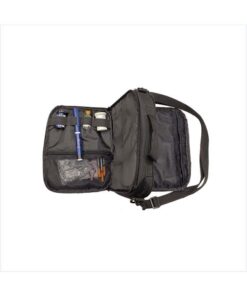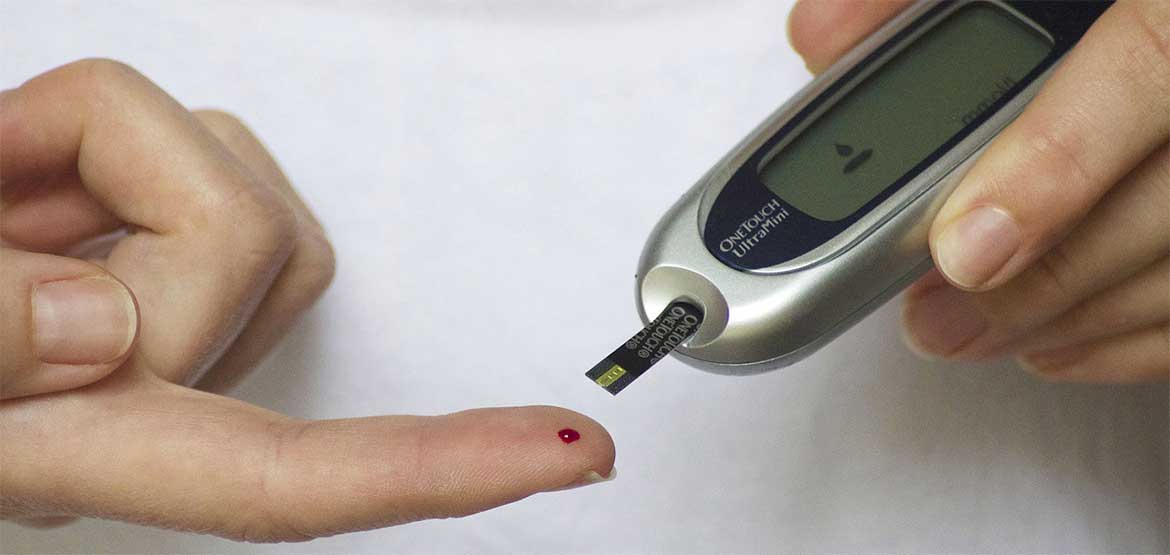Current Research, Diabetes Treatment, Glucose Monitoring, Latest Discoveries
GLUCOSE MONITORING ADVANCES – ALTERNATIVE METHODS TO PRICKING FINGERS
Blood glucose measurements using finger pricks has always been the Gold standard. This method has been thoroughly analyzed and found to be reproducible, reliable, and generates dependable results. However, this method of analyzing blood sugar is now facing resistance because of the development of newer non-invasive methods.
Pricking the finger each time to obtain blood is a painful process, making it a major reason why some diabetics do not regularly check their blood sugar. Finger pricking can be uncomfortable, so in an effort to counter the discomfort, researchers have been trying to develop novel ways to measure blood glucose levels.
The following are alternatives available today:
- Blood can also be obtained from the upper arm, thigh or abdomen. These alternative sites are much less painful than the finger prick. The only problem with getting from alternative sites is that levels of blood sugar obtained are not always accurate especially in cases where the sugar levels may be quickly increasing or decreasing.
- Infra red light monitors have been developed which use a beam of light to penetrate the skin and measure levels of sugar in the blood. However, these devices are not accurate and the level of blood sugar can vary depending on the blood pressure, temperature of the skin, or the presence of a skin ailment (lupus, ulcer, Raynaud’s, collagen vascular disease). When using the infra red devices, it is important to periodically use the finger prick to ensure that levels between the two methods are within a close range.
- Skin wearing devices like a watch are also available. The watch uses small electrical currents to sense the fluid below the skin. If the levels of sugars are too high or too low the watch will release a sound alert. The downside to this method is that many individuals develop skin irritation. Furthermore, these devices do not work if the skin is wet (e.g. if you sweat a lot). Like the infra red device, one has to periodically monitor blood sugar by the finger prick method to ensure that the two methods do not give drastically different results.
- Continuous blood glucose monitoring is now available with devices placed under the skin. The device then transmits the reading to a small LCD device worn on the body. If the levels of sugars are too high or too low, the device will sound an alarm. These subcutaneous sensors are not cheap. The average price is about $1500 and the site must be rotated every few days. Like any of the above methods the device must be compared to the finger prick method to ensure that it is giving reliable readings.
No matter what device one uses to monitor blood sugar, it is important to record the blood sugar levels and show them to your health care professional. If your readings are too high or too low, your medications may need to be adjusted. In some cases, the physician may recommend a change in diet or exercise. Finally, remember the pricking method to obtain blood may not be pleasant but it is the most reliable and affordable.

 Medicool Dia-Pack Elite Plus Diabetes Travel Case With Cold Gel-Pack
Medicool Dia-Pack Elite Plus Diabetes Travel Case With Cold Gel-Pack 